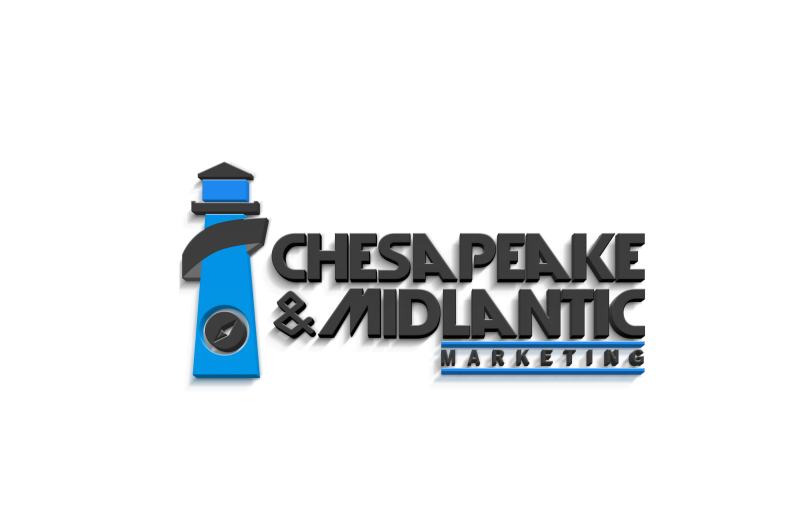 At this year's ISC West, Winsted Control Room Consoles made it clear: the future of control rooms is not about how many people you can fit into a space — it's about how well those people can perform. Tracy Crocker, CEO of Winsted, and Tom Fontana had a discussion about the evolution of control room design and how Winsted is helping drive that transformation.
At this year's ISC West, Winsted Control Room Consoles made it clear: the future of control rooms is not about how many people you can fit into a space — it's about how well those people can perform. Tracy Crocker, CEO of Winsted, and Tom Fontana had a discussion about the evolution of control room design and how Winsted is helping drive that transformation.
From Layout to Longevity: Designing with Purpose
“Historically, control rooms have been a lot about getting the spatial layout — trying to get as many people in the room as you can,” Crocker noted. “And what happens is you miss a lot of fundamentals of what makes a control room operate at peak productivity and peak accuracy.”
Winsted’s approach goes beyond just furniture. It starts with the operator — understanding their day-to-day needs, ergonomic requirements, and the distractions they face during long shifts. From lighting and acoustics to seating and cable management, every detail matters in reducing operator fatigue and improving decision-making.
Human-Centric Design Backed by Real-World Experience
Winsted’s strength lies in collaboration. “The most important thing is to get connected with the key decision-makers and the operators,” Crocker emphasized. “Ideally in the control room itself... so that you can understand what’s unique about that control room.”
Whether working with consultants, integrators, or A&E firms, Winsted digs deep to uncover the subtle pain points that often go unnoticed — especially in 24/7 environments where operators on different shifts may have vastly different ergonomic needs.
Their sales team’s certification in CEAS (Certified Ergonomic Assessment Specialist) ensures every recommendation is tailored for both comfort and performance. As Crocker put it, “Comfort is probably second. It's really about ergonomics.”
More Than a Showroom — A Living Lab
One of Winsted’s most exciting developments is their in-house experience center, a full-scale command center at their headquarters. “It’s critical,” Crocker said. “We love to have customers, end users come in and have their own experience… try different chairs, see different kinds of consoles… see the wall, the different mountings, the server room — all of that comes into it.”
Fontana, who visited the facility recently, confirmed its impact: “When you can actually see it, touch it, and realize how lighting or glare affects viewing and comfort — it makes all the difference.”
Looking Ahead
 Winsted’s message is simple: the next generation of control rooms must be designed for functionality, flexibility, and above all, the people who use them. By fusing technology integration with deep ergonomic insight and real-world testing, Winsted is setting a new standard for mission-critical spaces.
Winsted’s message is simple: the next generation of control rooms must be designed for functionality, flexibility, and above all, the people who use them. By fusing technology integration with deep ergonomic insight and real-world testing, Winsted is setting a new standard for mission-critical spaces.
As Crocker concluded, “We’re open for any customer… and we’ll give them a first-class treatment. We show them what happens when they don’t have the right acoustics or lighting — and then we design the right solution together.”








